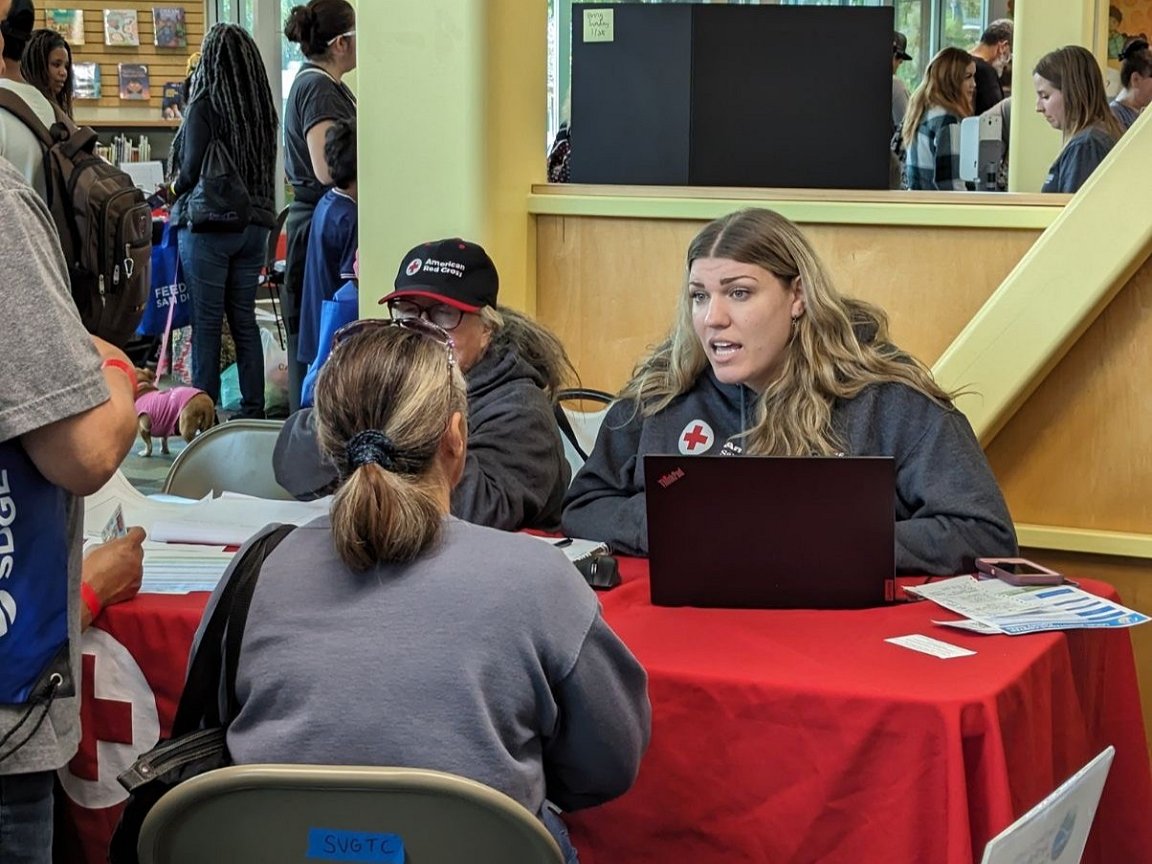
California storms: ‘Going back to the 1870s, this is one of the top three‘

By the Climate Centre
Millions of people in California are facing serious flood threats and more torrential rainfall after a second atmospheric river hit the state over the weekend, the American Red Cross said on X/Twitter yesterday.
Red Cross teams are helping communities in several California regions with emergency shelter, food, health services and other essentials, including in some cases critical financial assistance, eyeglasses and prescription medications.
There is a 1-800-RED-CROSS telephone number for people who need access to emergency shelters.
The first storm last Thursday caused floods south of Los Angeles in Long Beach, while San Diego residents were already dealing with earlier flooding after record-breaking rainfall in January, the Red Cross adds.
The second, stronger atmospheric river over the weekend put millions of people under flood warnings and triggered some dramatic rescues. This system is also threatening heavy mountain snow in parts of the Great Basin area and the southern Rocky Mountains.
Media reports yesterday quoted the US National Weather Service as speaking of “staggering rainfall amounts” on Sunday and Monday, with 25cm falling across the Los Angeles area, “with much more expected before the downpour was due to taper off later in the week.”
‘Atmospheric rivers are capable of moving water faster than the Amazon’
Ariel Cohen, chief NWS meteorologist for Los Angeles, told reporters: “We’re talking about one of the wettest storm-systems to impact the greater Los Angeles area [since records began]. Going back to the 1870s, this is one of the top three.”
“‘Atmospheric rivers’ are long, narrow plumes of concentrated water vapour a few hundred kilometres wide that arrive on land from the sea – they’re raised up by terrain and condense into massive quantities of rain,” the Climate Centre’s science lead Liz Stephens explains.
“They are capable of moving water faster than the Amazon river, and the result can be what the National Weather Service – in the context of the current emergency in California – has called ‘locally catastrophic and life-threatening flooding’.
“Along the US west coast, they are more frequent and intense during El Niño events, like we have now. Climate change is also playing a role.
“Globally, while the total number of atmospheric rivers is predicted to fall slightly, those that do form will be significantly wetter and therefore more devastating.”
Red Cross workers in Spring Valley, just east of San Diego, staffed an assistance centre helping people affected by what have been described as one of the wettest storm systems since records began in the 1870s. (Photo: American Red Cross)